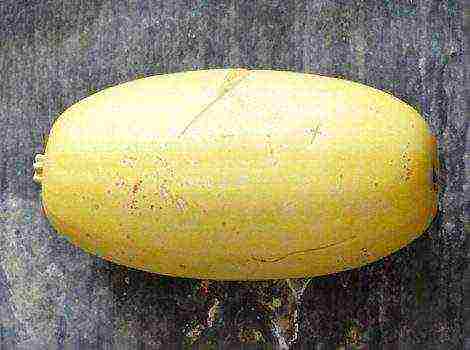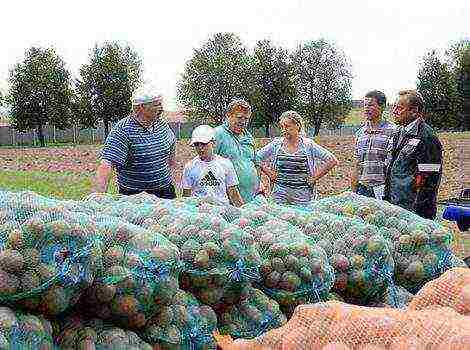Description and characteristics of cabbage variety Aggressor F1
Over the past 10 years, Aggressor cabbage has found its admirers not only in the face of gardeners, but also medium-sized farms, as well as large agricultural enterprises. It's hard to underestimate a hybrid of this quality. Designed for areas with difficult climates, it needs minimal maintenance.
Description and characteristics of Aggressor cabbage
The variety was bred by Dutch breeders, and in 2003 it became known in Russia. It is widely known in the northern regions for its frost resistance and drought resistance.
Medium late variety with full ripening 110 - 120 days... The head of cabbage is rounded by description, dark green, white and yellow on the cut. Weight from 2.5 to 5 kg.
Leaves with white paraffin bloom. The stalk is wide, but in height it occupies 1/3 of the height of the head. Excellent taste, high content of B vitamins, vitamin C.
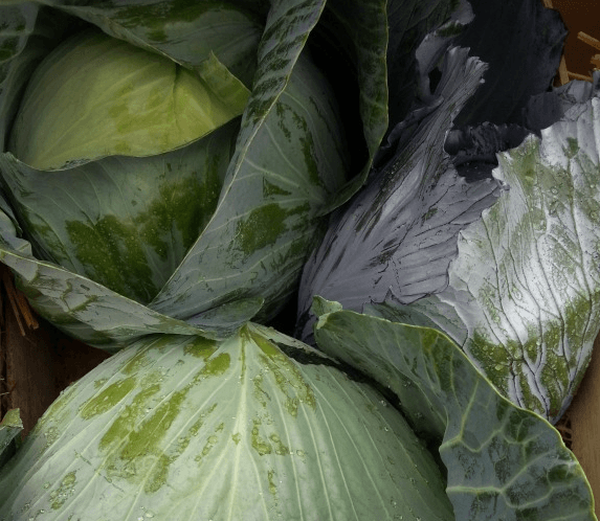
Advantages and disadvantages
In this variety, the advantages clearly level out all the shortcomings, and most gardeners and farmers, seeing the Aggressor's harvest in the beds of their neighbors, no doubt choose this variety.
The advantages include such significant characteristics as:
- High productivity;
- Full-fledged head formation on depleted soils under difficult weather conditions;
- High seed germination;
- The possibility of sowing seeds in open ground;
- Shelf life up to six months;
- Resistance to many diseases and pests;
- Presentation during long-term transportation.
Disadvantages, which in fact, are not many, are not scary, and farmers can easily cope with them:
- Variety very fond of aphids and whiteflies;
- Medium keel resistant;
- Cracking when fully ripe;
- When salted, it tastes somewhat bitter.

For this, seeds are planted in mid-April, and by mid-July they have high-quality, dense, pest-free forks on the table under the outer sheets.
Growing seedlings
If you have the ability to sow seeds directly into the ground, don't avoid it. You will save yourself from unnecessary labor, but you will also get a strong harvest. If in May frosts in your region reach minus 8 degrees and below, the variety must be sown with seedlings.
Soak the seeds for 2 to 3 hours, spreading them out on cheesecloth. Sow into prepared soil. Deepen above 2 cm... Drizzle generously with warm water and cover the container with plastic wrap. Do not open the film until shoots appear, this will create the necessary microclimate in the greenhouse.
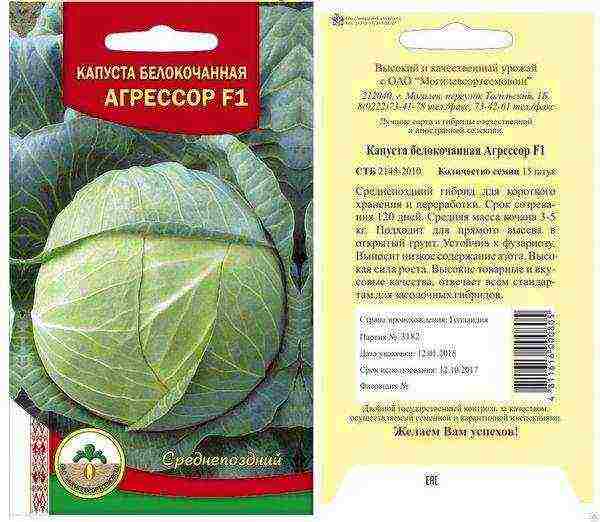
Do not plant the shoots before planting in the ground, even if they grow closely. The main thing at this time is constant watering and enough sun. Arrange the seedlings so that the morning sun always shines on them.
During the day, if the temperature is above 15 degrees, on a sunny day, you can take the nursery out to the street, or to the greenhouse, this will harden it and help avoid some diseases.
Growth conditions
"Aggressor" is unpretentious, and therefore, you do not have to select a soil for planting, a special place, or think about the neighborhood with other vegetables.
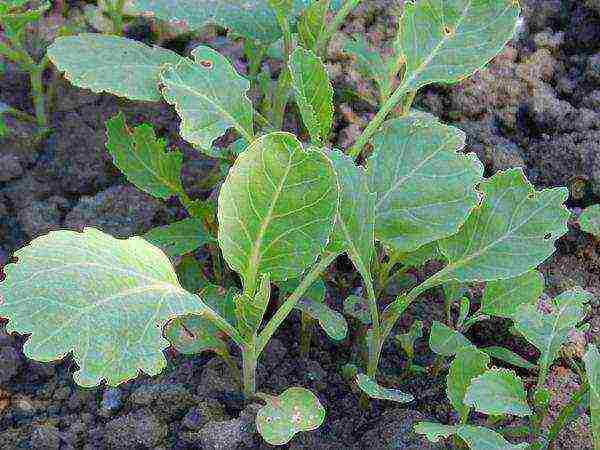
Variety doesn't really need full daylight, this means you can arrange the beds behind the bushes. It is important that the late afternoon sun illuminates the sprouts. Cabbage cannot stand the heat of the afternoon, and even mature plants noticeably wither and lose moisture.
Soil preparation
There is no particular need to select the soil for planting. Variety undemanding to soil... If you have a choice, you can easily use the area with the sod removed. Cabbage will be satisfied with that soil composition, and by next year you will have a plot developed for vegetables.
Try to form the beds from north to south, so that the morning sun will fully reach each head of cabbage. It is better to make the beds of medium height so that the between the beds are below the level of the root when planting.
Adjust the width of the bed under 2 - 3 heads of cabbage, since with manual watering, you will need to walk often and a lot between the beds.
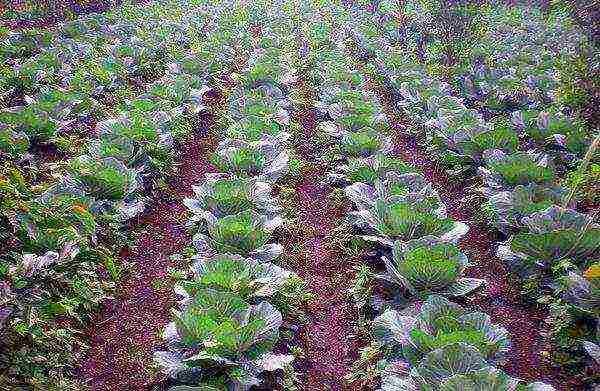
Transplanting
Late May - early June, you can plant seedlings in the ground.
It is important to choose non-dry days. A few cloudy days will do you well. Planting in the rain will allow the sprouts to quickly and painlessly take root in a new place, and rainy weather definitely does not portend frost, which means that the seedlings can not be covered after transplanting.
This variety has medium-sized outstretched leaves, and it is best to observe distance between heads of cabbage 50 to 50 cm, so the plant will have enough light and space.
- In the garden, make holes 20-30 cm deep.
- Spill the wells with at least 2 liters of water.
- Add a handful of last year's dung and 1 tbsp. l. wood ash.
- Carefully separate the plant from the planting box and place it in the hole while standing.
- Sprinkle with soil and press down on the root.
- Pour another liter of warm water over each seedling hole.
- Apply if the weather is hot for 2 - 3 days.
Care after landing
The variety is unassuming to care for, and a week after planting, you can safely forget about cabbage for a week.
Watering is best done in the evening, and it's not scary if the water is cold. Once a week, you need to loosen the root hole before watering, since it is in it that the larvae of the pests lay.
If you find a plant that does not develop, it looks much smaller than the rest, the head of cabbage does not curl, take it away along with the root... If you find a keel, burn it, or throw it out of the garden. Do not throw diseased sprouts into the compost.
It is necessary to rake the cabbage at the beginning of forcing the head of cabbage. As soon as the inner leaves began to round inward, loosen the ground around the sproutspill with two liters of water. Sprinkle a handful of ash over the root zone, and rake in almost to the beginning of the leaves.
Diseases and prevention
This hybrid is resistant to most diseases, but there are some that are worth watching for the formation.
- The defeat of the roots of cabbage with keel
- Mildew
These are such as:
- Keela... The plant does not develop with this fungal disease, it remains in the size of the seedlings. A simple way to deal with it is to dip the root before planting in a slurry of clay. Get rid of diseased plants. Do not plant cabbage in one place for more than 2 years;
- Mildew... A gray coating on the leaves, or yellowish spots, indicate this disease. It is better to burn damaged leaves and not allow them to enter the compost. For treatment, 500ml.Bordeaux liquid dilute in 10 liters. water and process all plants. Watch out for such spots.
Harvesting and storage
The aggressor is a high-yielding variety, and from one hundred square meters, when planting 50 * 50, you can easily get from 700 kg to 1 ton of quality cabbage.
Gardeners recommend using other varieties for fermentation, but for consumption fresh, canned and even frozen, it is ideal.
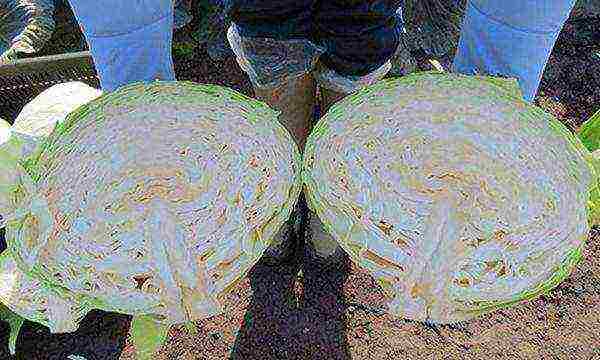
For fresh storage, heads of cabbage should not be subjected to even light frostbite. Leave when cutting leg 3 - 5 cm... Remove tainted or chopped top leaves. Hang by the leg in a dark, dry room with a temperature of about 10 degrees above zero.
When storing cabbage in bulk, check more often once every 2 weeks, sort, and remove spoiled leaves... The leaves, and then the head of cabbage, deteriorate from contact with each other. If it is not possible to visit the store often, hang it up.
The variety is chosen by gardeners of the most northern regions, and thanks to proper care, hardening of seedlings, the yield is equal to that of the middle lane. It has earned the trust of farmers and agronomic holdings over the years, and is now actively distributed due to its qualities.
